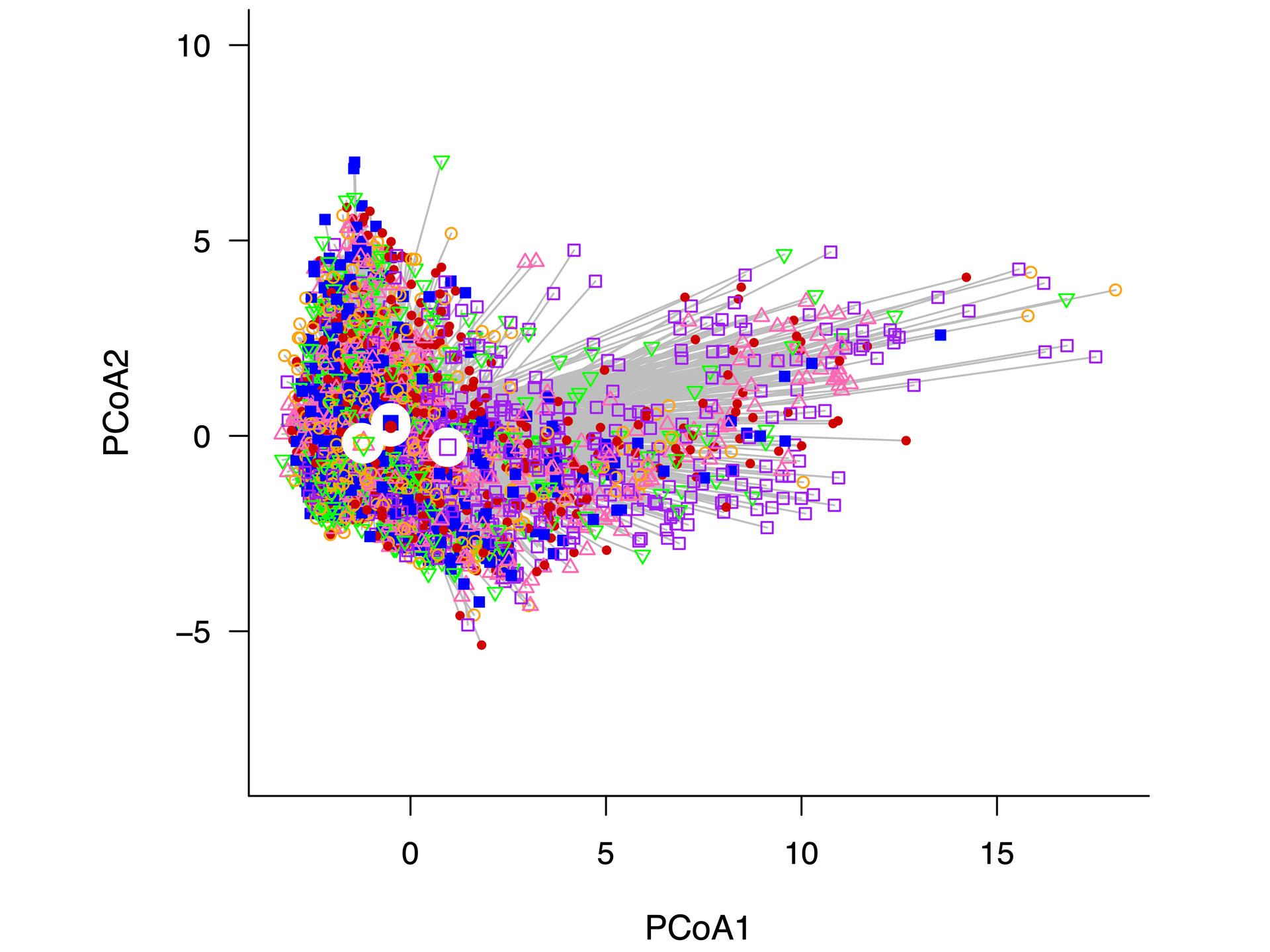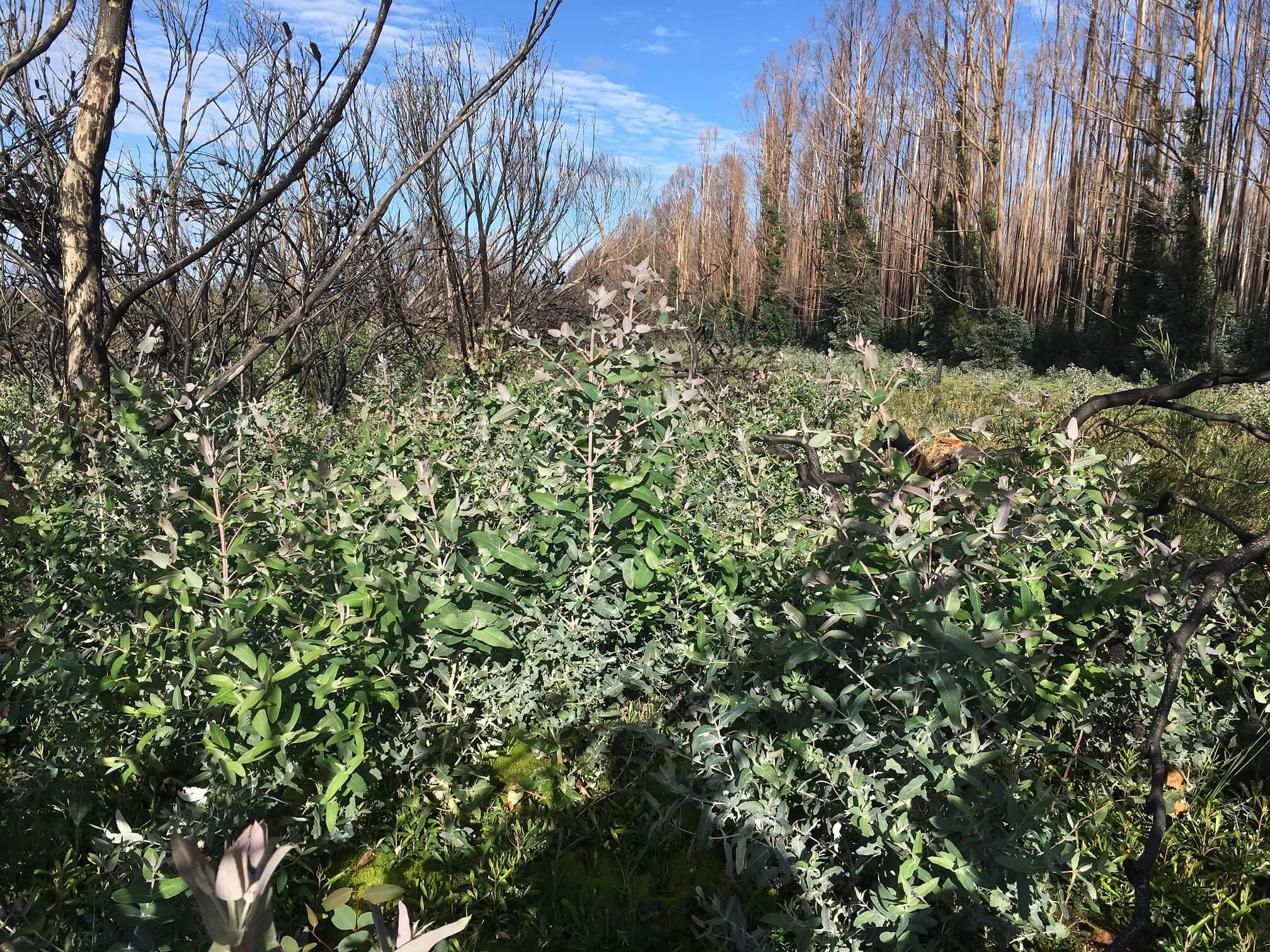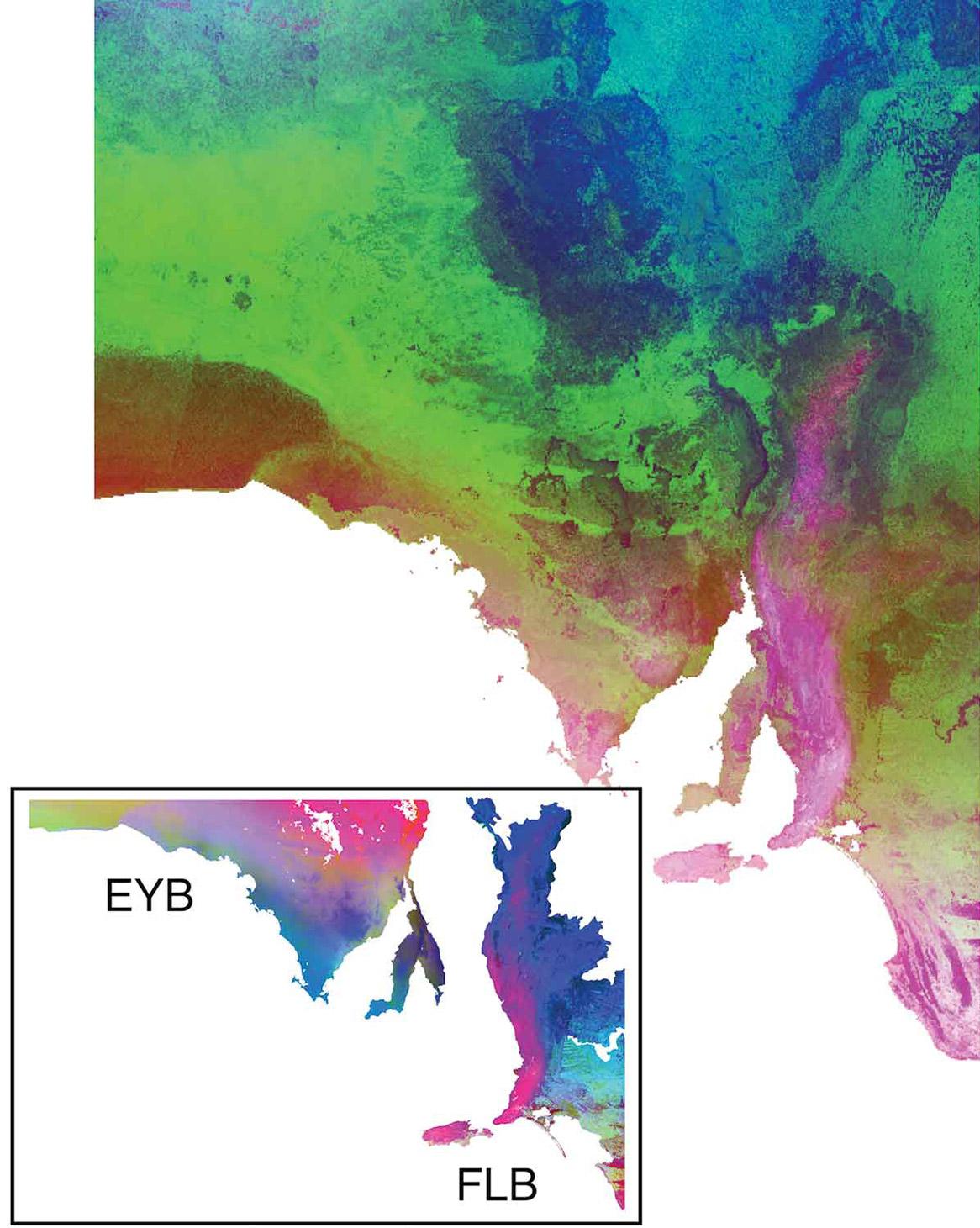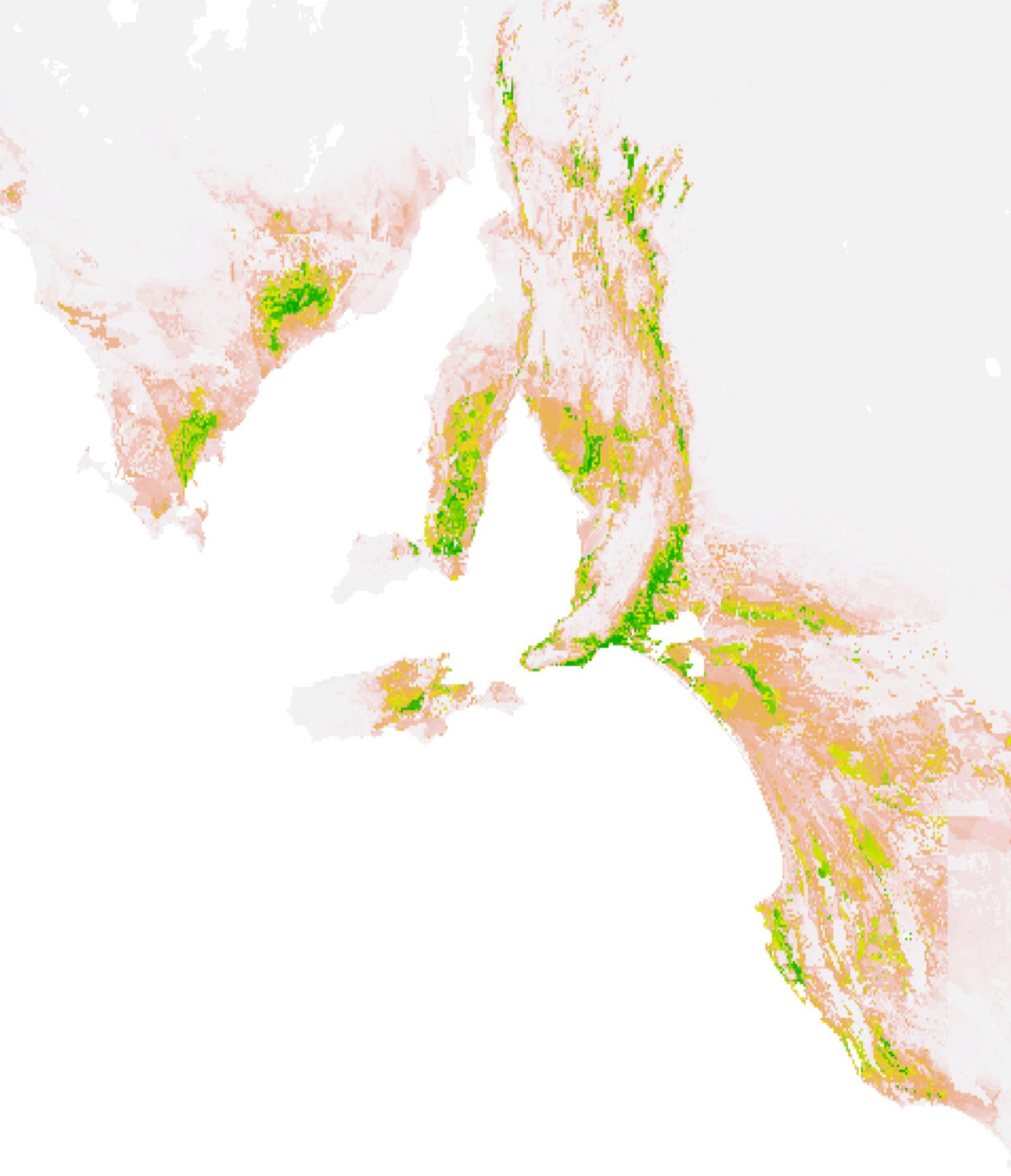OUTLIER Ecological Data Unit
The OUTLIER Ecological Data Unit provides specialised ecological and environmental data services to support industry and government, as well as the consulting and education sectors.

Experts based in the University of Adelaide’s Environment Institute offer support to you across applications such as environmental impact assessment, ecosystem monitoring, biological survey and biodiversity mapping.
We bring together expertise in quantitative ecology to provide statistical review services to give you certainty in environmental decision-making and reporting. We provide input at any project stage – from sampling design and data collection protocols, through to visualisation and statistical analysis.
Our broad range specialised skills include calculation of ecological indices, ordination and multivariate analysis, vegetation classification, data collection protocols, bespoke data wrangling scripts and statistical modelling.
-
Our expertise
Ecology and environmental data solutions

OUTLIER draws on a pool of scientific expertise across the University’s School of Biological Sciences and Environment Institute.
The projects are coordinated by terrestrial ecologist Dr Greg Guerin (pictured), who takes a pragmatic yet high-quality approach to the gathering and application of data.
Greg is an established leader in the technical aspects of community ecology, macroecology and ecosystem monitoring. He brings almost two decades of practical and published experience in field ecology and statistical programming.
Greg maintains a network of research collaborators and works closely with government and non-government partners to deliver practical outcomes, with a strong track record of project delivery.
-
Our services
Make your project stand out
Many ecological datasets have unique qualities and applications. We apply our ecological experience and knowledge with flexible quantitative techniques.
We can help you with statistical analysis as well as processing raw data into a desired format so you can make better decisions in less time. We’re here to support your ecological and environmental data application requirements.
Talk to us about how numerical rigour can help your project stand out.

We can help with:
- Statistical review for certainty in decision-making and quality in reporting
- Data appraisal, visualisation, and summary
- Ecological data collection and formatting protocols
- Data wrangling and bespoke data manipulation scripts and pipelines
- R dev
- Statistical testing and modelling
- Ecological indicators – development and analysis
- Spatial analysis of ecological and environmental data
- Biodiversity mapping
- Multivariate analysis including classification and ordination
- Generalised dissimilarity modelling
- Distribution maps and models
- Ecological sampling design and power analysis
- Sampling coverage and survey gaps appraisal
- Spatial modelling
- Legacy dataset evaluation
-
Available experts
Our register of available experts includes:
- Dr Greg Guerin (terrestrial, community ecology, ecosystem monitoring || optimisation, frequentist statistics, ecological modelling, climate data analysis, geospatial analysis, experimental design, field sampling design, multivariate analysis, classification, time series, phylogenetics)
- Dr Camille Mellin (marine, biodiversity, ecosystem services || Bayesian inference, frequentist statistics, machine learning, ecological modelling, climate data analysis, geospatial analysis)
- Dr Alice Jones (marine, coastal || frequentist statistics, machine learning, ecological modelling, geospatial analysis, experimental design, field sampling design)
- Dr Thomas Prowse (wildlife management, fisheries, conservation biology, invasion ecology || Bayesian inference, optimisation, frequentist statistics, likelihood-free inference, bioinformatics, machine learning, ecological modelling, geospatial analysis, experimental design, classification, high-performance computing, times series, population genetics/phylogenetics)
- Dr Irene Martín-Forés (terrestrial, ecosystem services, functional ecology, vegetation || frequentist stats, ecological modelling, geospatial analysis, field sampling design, multivariate analysis, time series)
- Dr Colette Blyth (ecosystem restoration, flora conservation, climate-resilient seed sourcing, population genetics, conservation and restoration genomics, genetic management plans)
- Honorary Associate Professor Zdravko Baruch (Terrestrial, vegetation and restoration ecology, plant ecophysiology ǁ multivariate methods, ordination, classification, plant trait analysis, fieldwork design)
-
Key projects

Tasmanian Blue Gum seedlings adjacent to a burnt plantation on Kangaroo Island.
Photo credit: Kirstin Abley of DEW (published with permission).
Monitoring Tasmanian Blue Gum wildlings on Kangaroo Island post-fire
- South Australian Department for Environment and Water
Major fires on Kangaroo Island, South Australia, in 2020 precipitated germination of Tasmanian Blue Gum seedlings into native vegetation adjacent to plantations.
For this project, we developed sampling design and protocols for monitoring the recruitment event and performed statistical analysis to relate the density of Blue Gum wildlings to landscape and environmental features to better understand what controls seed dispersal and establishment. The results inform future management of plantation boundaries.
Classifying the sensitivity of ecosystems to climate change in South Australia
- South Australian Department for Environment and Water
This study informed priority areas in South Australia where risks from climate change could be mitigated through management.
Climate change is having a significant impact on local flora. The importance of this impact and resulting management priorities are expected to vary by region.
In this project, we updated the ecological climate sensitivity mapping for South Australia.
We placed this information into a framework for classifying climate change impacts on the biodiversity of landscapes, based on the sensitivity of plant communities and their general resilience through the proxy of remnant vegetation.
Habitat suitability of a nationally endangered plant species
- Trees For Life Inc.
Remnant populations of Silver Daisy (Olearia pannosa) face threats from habitat fragmentation and climate change.
Our team, led by Colette Blyth, analysed range-wide genomic data and leaf shape variation to model spatial distribution and habitat suitability under climate change.
Based on estimates of the climatic resilience and suitability of proposed restoration sites, our research has informed restoration decision-making for this vulnerable species.

Dieback of stringybark forests of the Mount Lofty Ranges
- Trees For Life Inc., Adelaide Hills Council, Mount Barker Council, Nature Conservation Society of South Australia, Landscape SA Boards: Hills & Fleurieu and Northern & Yorke
We have collated data and developed monitoring protocols and change detection techniques to quantify and map canopy dieback and tree mortality, and its relation to causative factors.
The project directly informs forest management in the Mount Lofty Ranges via key stakeholders across government and non-government organisations.
Key contact
Dr Greg Guerin
Director – OUTLIER Ecological Data Unit
Phone: (08) 8313 6915
Email: outlier@adelaide.edu.au



